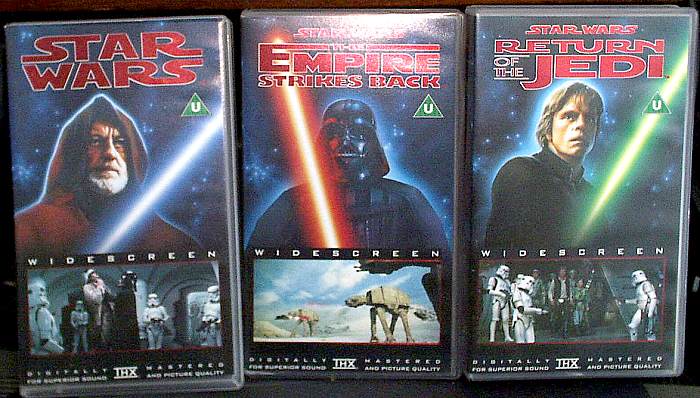- Post
- #151563
- Topic
- .: The XØ Project - Laserdisc on Steroids :. (SEE FIRST POST FOR UPDATES) (* unfinished project *)
- Link
- https://originaltrilogy.com/post/id/151563/action/topic#151563
- Time
Some comments/questions from the first two newsletters:
The starfield enhancement algorithm looks like it produces very good results, but if I understand the process, it only works on static scenes. What happens when the camera pans down, or when the Star Destroyer passes overhead?
The timecoded version is a great idea, not just for your purposes but in general to identify how long each shot should be (I assume you're using the Definitive Collection discs as.. well, "definitive"?) and where frames are missing (I've noticed the PAL discs are missing several frames at the end of some scenes). Also it will be a valuable tool for assisting with audio sync. Do you have or will you be producing a document detailing total number of frames in the film and some frame numbers of critical events or scene changes for reference?
Regarding the frame cleanup, are you at the moment solely concentrating on laserdisc mastering defects and dirt/scratches/discolouration of the film prints? Or are you dealing with garbage mattes and fixing effects shots as well?

